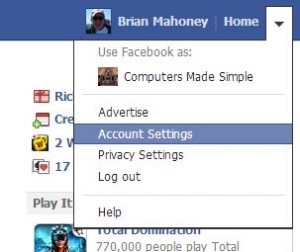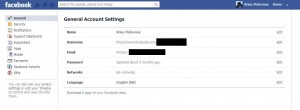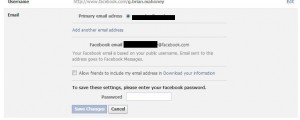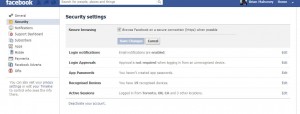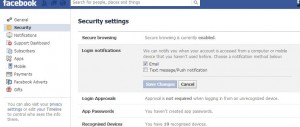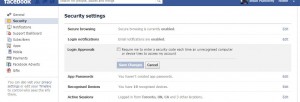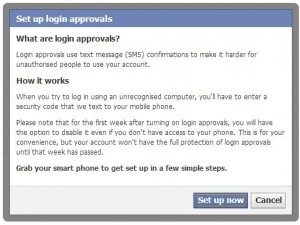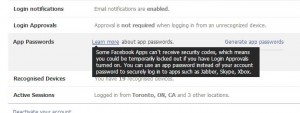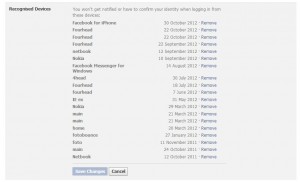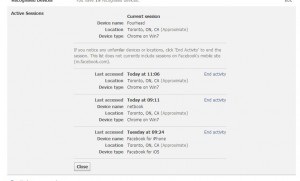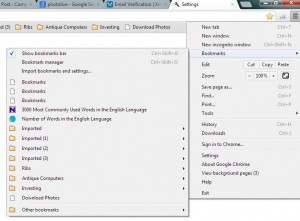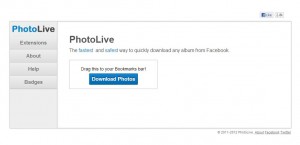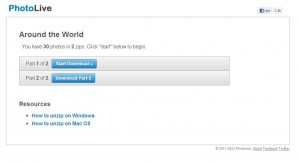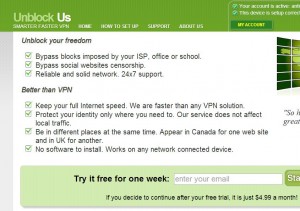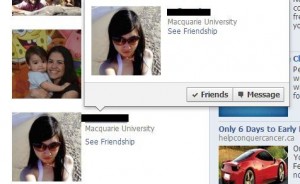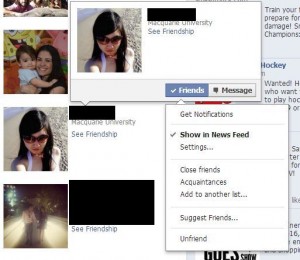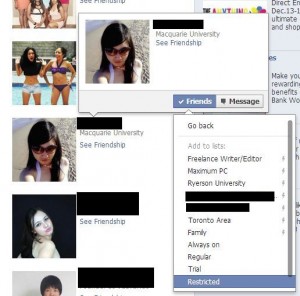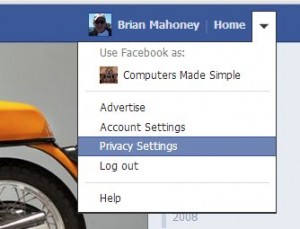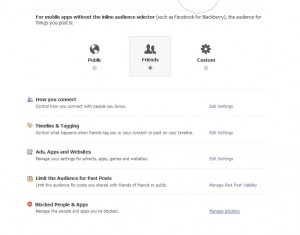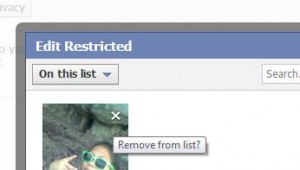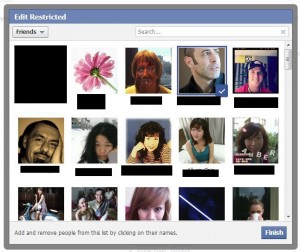Even if you have never heard of it, Windows System Recovery works silently in the background as you use your computer. It’s a small but very powerful tool that you can use to rescue a file that you have accidentally deleted, even if you have permanently deleted it. Here’s how it works:
1. Windows System Recovery is turned on by default when you install Windows. Unless you have specifically turned it off, it’s running now. Check this by clicking Start then right clicking Computer and choosing Properties. Click on System Protection and you will very likely see that System Restore is on.
2. Next, you must know the exact name of the file that you deleted. It doesn’t matter what kind of file it is, Windows can recover it. However, you must know the exact name of the file, including what kind of file it was. The last three letters, whether they be .txt or .avi or .jpg, etc., are important here.
3. The file can’t be something that you just saved and then deleted. There has to be a restore point in between the time you created the file and the time that you deleted it. Go back to Computer and check how often Windows creates a restore point. Restore points can be created manually but won’t be any good after you have accidentally deleted a file.
4. Here’s the fun part. Windows Notepad can save a file as anything, it doesn’t have to save something as a .txt file. What we’re going to do is create a phony file then ask Windows to find an older version of that file.
5. Go to the folder where the file was when you deleted it. In this example, we will use a file that was accidentally deleted from our desktop.
6. Open Notepad and type a couple of letters in the window that opens up. Next, click up on the top left to bring down the Save As menu:
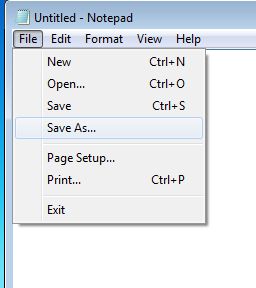
7. Once the next menu comes up, click on the line at the bottom to get to ‘All files’. Like this:
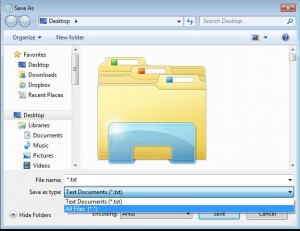
8. We don’t want to save the file we just created as a text file, unless it was a text file that you accidentally deleted, right? Let’s make this file a Word document. We will type in the name and the file type, separated by a period, in the slot. This is what you want to see:
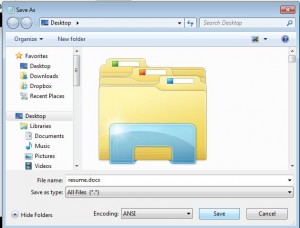
9. We saved that file to our desktop as a .docx file, even though it is really a simple .txt file. Here’s how it looks on our desktop, complete with the Word icon:

10. The file that you create doesn’t have to be a word or text based file. With Notepad, you can create any type of file that you want. Of course, the file you create isn’t a real version of that file type, it’s just identified or named as that. In other words, if you create a video or photo file, let’s say an ‘.avi’ file, Windows will think it is an .avi file but it won’t be able to open it. We made an .avi file, just to show you that it can be done:
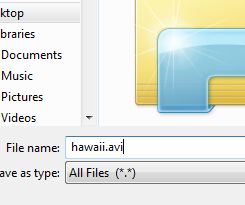
Here is how this phony .avi file looks on our desktop:
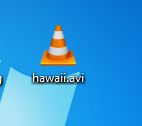
11. Now for the trick. If we had deleted that hawaii.avi file, all we have to do to get it back again is right click it and choose ‘Restore previous versions’. Right click the file and you’ll see this:
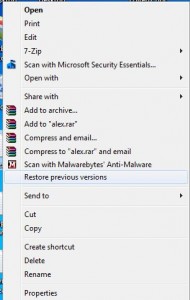
Depending on how old the file is and how often Windows has created a restore point, you may have a few version of the same file available for restoration. No problem. You can copy any file in the vault to any place on your computer. Once you click ‘Restore previous version’, this menu pops up:
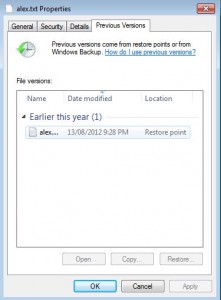
In this case, the file hasn’t been changed since August 13, 2012. If it had been changed, there would be several other versions of the same file available. All you’d have to do is to copy the one with the correct date and paste it into any folder on your computer. If you aren’t sure of what the correct date is, copy each file and put each one in a different folder. Remember that you can’t have two files with the same name in the same folder.
12. Highlight the file you want. You can open it to see if it’s the right one, copy it to another folder or ‘Restore’ it to the folder where we created the phony file. In this example, we would choose “Restore’ and Windows would then replace the file we created with the version of that file which was stored in its System Recovery folder.
TIP: This procedure will work for files or folders. If you have deleted just about anything, and you have a restore point between the date the file was created and the date you deleted the file, you can get it back…even if you permanently deleted that file.
This exercise is relatively simple but it’s worth trying out before you get stuck. Sometimes if you accidentally delete something, you panic. If you’ve run through this demo step by step, there will be no need to panic when things go bad. We hope this helps you someday. Questions and comments are welcome.
Thanks for reading!

